Republic of Djibouti the multi-ethnic nation
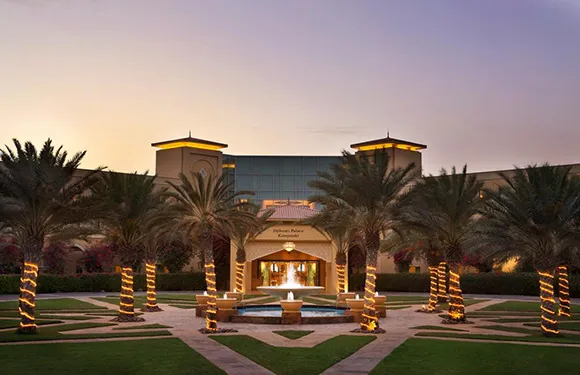
Djibouti, officially the Republic of Djibouti, is a country located in the Horn of Africa. It is bordered by Somaliland in the south, Ethiopia in the southwest, Eritrea In the north, and the Red Sea and the Gulf of Aden in the east. Across the Gulf of Aden is Yemen.

Djibouti is a multi-ethnic nation with a population of over 921,804 inhabitants (the smallest in mainland Africa). French and Arabic are the country’s two official languages, Afar and Somali are national languages. About 94% of residents adhere to Islam, which is the official religion and has been predominant in the region for more than a thousand years. The Somalis and Afar make up the two largest ethnic groups, with the former comprising the majority of the population. Both speak the Cushitic branch of the Afroasiatic languages.
According to Wikipedia, Djibouti is strategically located near some of the world’s busiest shipping lanes, controlling access to the Red Sea and Indian Ocean. It serves as a key refuelling and transshipment center, and is the principal maritime port for imports from and exports to neighboring Ethiopia. A burgeoning commercial hub, the nation is the site of various foreign military bases. The Intergovernmental Authority on Development (IGAD) regional body also has its headquarters in Djibouti City.

Djibouti has eight mountain ranges with peaks of over 1,000 metres (3,300 feet).The Mousa Ali range is considered the country’s highest mountain range, with the tallest peak on the border with Ethiopia and Eritrea. It has an elevation of 2,028 metres (6,654 feet). The Grand Bara desert covers parts of southern Djibouti in the Arta, Ali Sabieh and Dikhil regions. The majority of it sits at a relatively low elevation, below 1,700 feet (520 metres).
Djibouti’s economy is largely concentrated in the service sector. Commercial activities revolve around the country’s free trade policies and strategic location as a Red Sea transit point. Due to limited rainfall, vegetables and fruits are the principal production crops, and other food items require importation.

Djiboutian cuisine is a mixture of Somali, Afar, Yemeni, and French cuisine, with some additional South Asian (especially Indian) culinary influences.

Local dishes are commonly prepared using a lot of Middle Eastern spices, ranging from saffron to cinnamon. Grilled Yemeni fish, opened in half and often cooked in tandoori style ovens, are a local delicacy.

Spicy dishes come in many variations, from the traditional Fah-fah or “Soupe Djiboutienne” (spicy boiled beef soup), to the yetakelt wet (spicy mixed vegetable stew). Xalwo (pronounced “halwo”) or halva is a popular confection eaten during festive occasions, such as Eid celebrations or wedding receptions. Halva is made from sugar, cornstarch, cardamom powder, nutmeg powder and ghee. Peanuts are sometimes added to enhance texture and flavor. After meals, homes are traditionally perfumed using incense (cuunsi) or frankincense (lubaan), which is prepared inside an incense burner referred to as a dabqaad.

The country is internationally renowned as a geologic treasure trove. Located at a triple juncture of the Red Sea, Gulf of Aden, and East African rift systems, the country hosts significant seismic and geothermal activity. Slight tremors are frequent, and much of the terrain is littered with basalt from past volcanic activity.

Cultural life
Djibouti is renowned for its delicate multicoloured textiles, which are made into saronglike garments called futa. These garments are sold in the capital’s colourful central market.
The cuisine of Djibouti mingles African and French influences to produce meals that might include roast lamb with a delicate yogurt sauce, lentil stew, flatbread, and cucumber salad, served with mineral water and fruit juice. The souk (marketplace) of Djibouti city is famed for its spicy oven-baked fish. The capital also houses several high-quality Vietnamese, Chinese, and Lebanese restaurants, making it a somewhat remote but altogether fascinating destination for gourmands.
Muslim feasts and holidays, including ʿĪd al-Fiṭr, which marks the end of Ramadan, and ʿĪd al-Aḍḥā, which marks the culmination of the hajj, are celebrated by Djibouti’s predominant Muslim population. In addition to these, other major holidays in the country include Independence Day, which is celebrated on June 27.

CLOTHING
Unlike women in many other Muslim countries, women in Djibouti do not wear veils, although married Afar women wear a black head scarf. City dwellers wear Western-style clothing, while those in rural areas wear the loose clothing typical of desert dwellers. The traditional outfit of the Afar is a garment called a sanafil, consisting of a cloth tied around the waist and reaching to the calves (with a knot at the right hip for men and at the left for women). The wealthier Afar wear another piece of cloth, the harayto, slung over their shoulders. Afar men are known for the long, sharp, double-edged dagger, called a jile, which they wear at their waists. Among the nomadic Somali in rural areas, the men wear a garment similar to the sanafil of the Afar, while the women wear a long, brightly colored cloth called a guntina, wound around their torsos and knotted at the right shoulder.
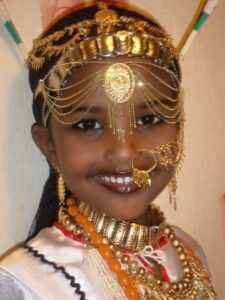
Most Djiboutians observe Islamic dietary laws, which include a ban on eating pork and consuming alcohol. Smoking hashish and chewing chat leaves, both narcotics, are as moral as alcohol is immoral.
MAJOR HOLIDAYS
Local Muslim saints’ days associated with the Afar and the Issa are popular among their respective groups. Among the Somalis, various devout dervish orders have their own particular and universal observances, such as the Prophet Muhammad’s birthday. Many Afars and Somalis are uninformed about the symbolic, mystical content of their own holidays. In Djibouti most urbanites and town residents attend Friday prayer at their mosque.

Source: Wikipedia, Britannica, maple.co, traveltourxp, Theculturetrip, Iexplore
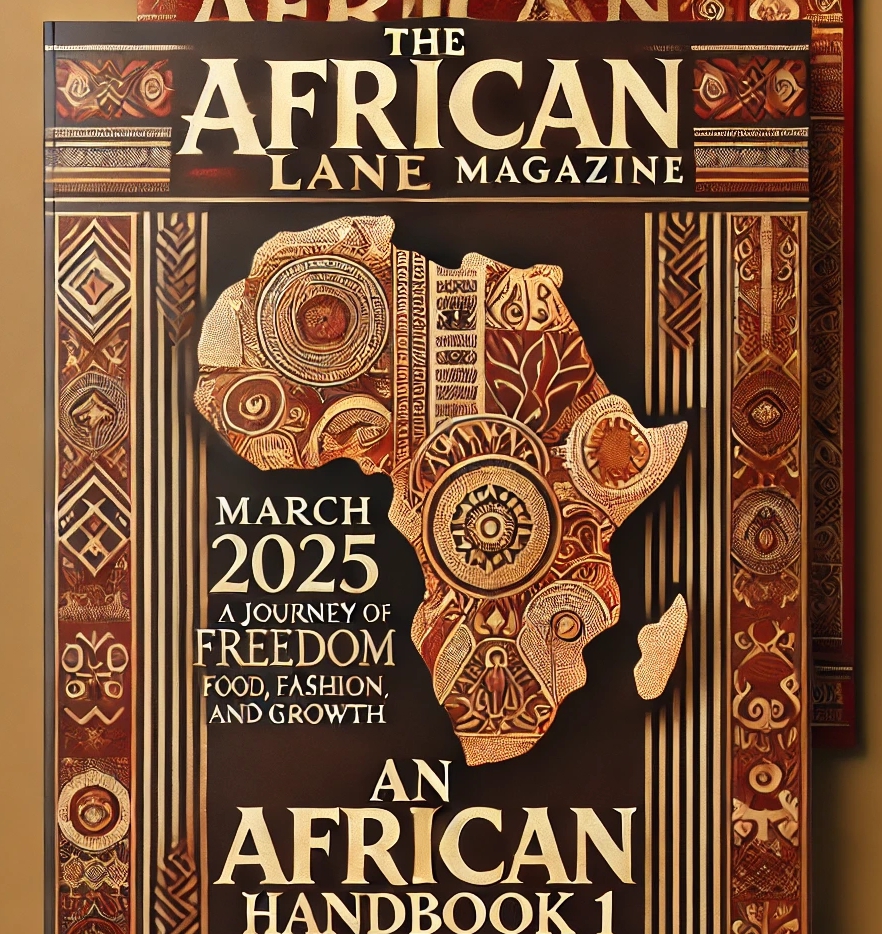


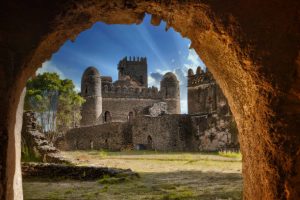

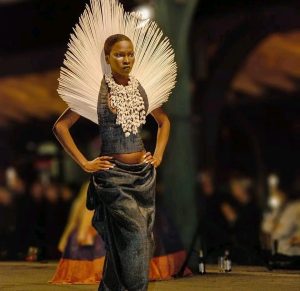

Hiya, I’m really glad I’ve found this info. Today bloggers publish only about gossips and web and this is actually annoying. A good web site with exciting content, this is what I need. Thanks for keeping this web-site, I’ll be visiting it. Do you do newsletters? Can’t find it.